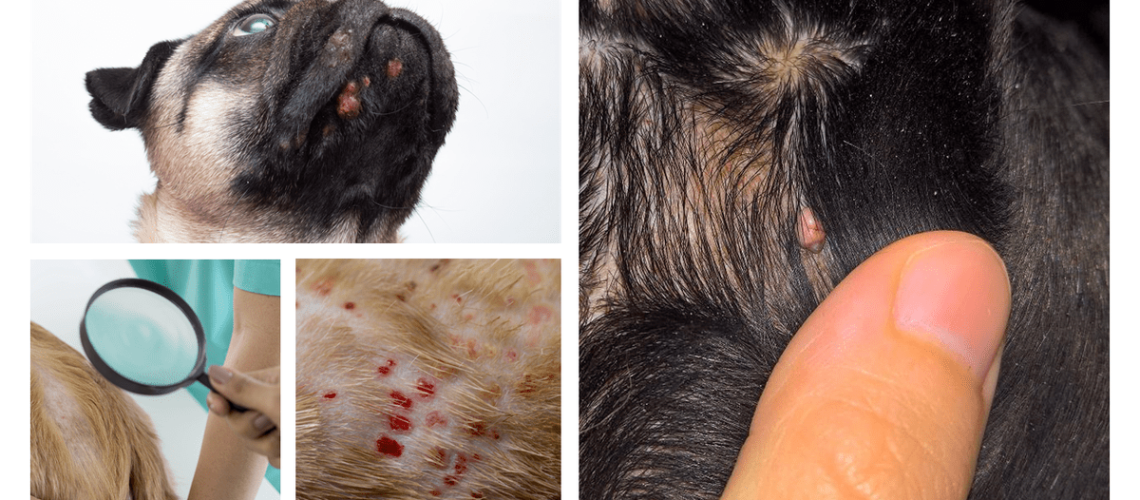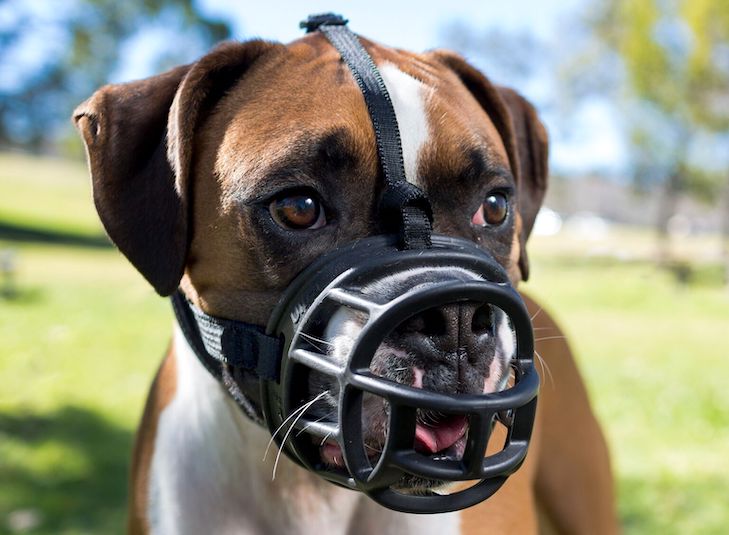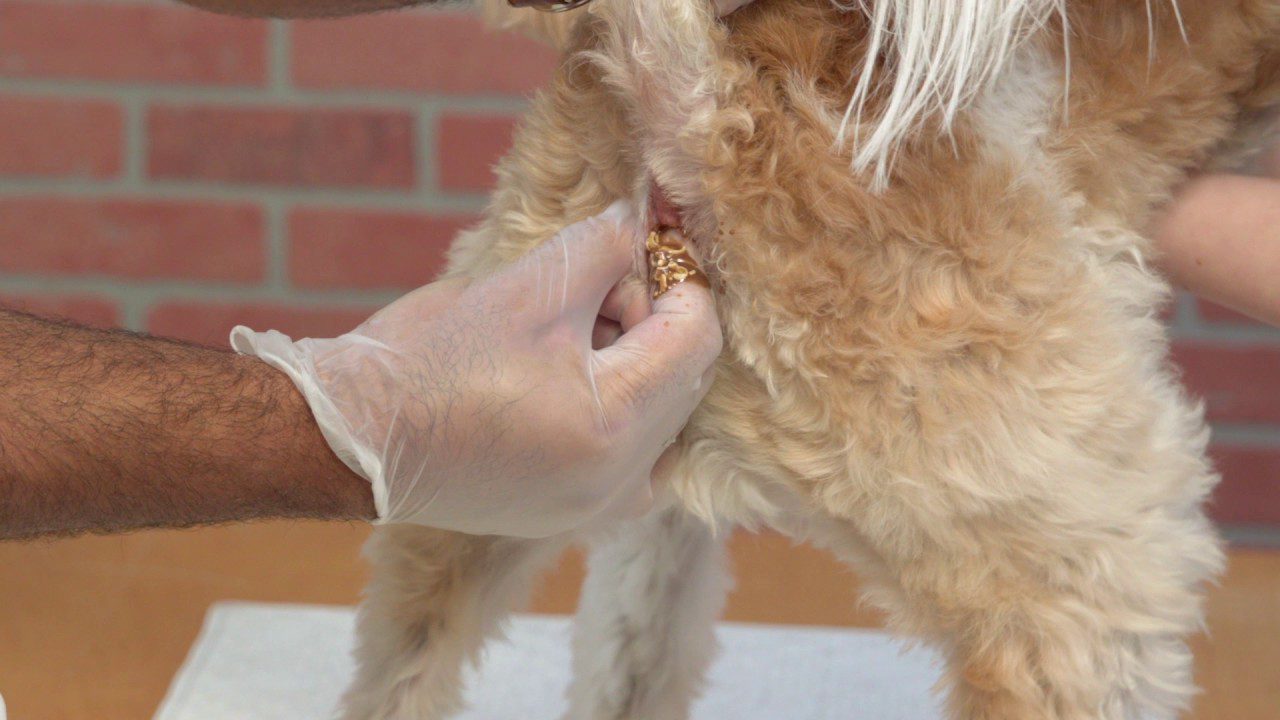Key Takeaways:
- Dogs can get pimples, just like humans.
- Pimples in dogs are usually caused by blocked hair follicles or oil glands.
- Common areas for dog pimples include the chin, muzzle, and groin area.
- Excessive grooming or scratching can worsen dog pimples and lead to infection.
- If your dog has persistent or severe pimples, it's best to consult a veterinarian for proper diagnosis and treatment.
Are you a dog lover? If so, you probably know that dogs can sometimes have health issues, just like humans. But did you know that dogs can get pimples too? Yes, it's true! This might seem like a trivial topic at first glance, but understanding why dogs get pimples can actually be quite beneficial for their overall well-being. By delving into this subject, you'll gain valuable knowledge on how to keep your furry friend happy and healthy. So let's dive in and explore the fascinating world of doggy pimples!
Introduction:
As a dog owner or enthusiast, it's important to stay informed about various aspects of your furry friend's health. One such aspect that often goes unnoticed is the occurrence of pimples on dogs. While it may seem insignificant compared to other health concerns, understanding why dogs get pimples can provide valuable insights into their overall well-being. So let's embark on an intriguing journey into the world of doggy dermatology and discover how this seemingly minor issue can impact our beloved pets' lives.
What Causes Pimples in Dogs and How Do They Happen?
Pimples in dogs are typically caused by the same factors that cause acne in humans. When hair follicles on a dog's skin become clogged with oil, dirt, or dead skin cells, it can lead to the formation of pimples. This can happen due to a variety of reasons, including hormonal imbalances, allergies, poor grooming habits, or even certain medications.
The process of pimple formation starts when excess oil (sebum) is produced by the sebaceous glands in the dog's skin. If this oil gets trapped along with dirt and bacteria in a hair follicle, it can result in inflammation and the development of a pimple. These pimples may appear as small red bumps or whiteheads and can be found anywhere on the dog's body where there are hair follicles.
Hormonal Imbalances
Hormonal imbalances can play a significant role in the occurrence of pimples on a dog's skin. Just like humans, dogs undergo hormonal changes during different life stages such as puberty, pregnancy, or aging. These changes can affect the production of sebum and increase the likelihood of developing pimples.
Allergies
Allergies to certain foods or environmental factors can also contribute to the formation of pimples on a dog's skin. When a dog is allergic to something they come into contact with, their immune system reacts by releasing histamines which can lead to inflammation and pimple formation.
How to Identify and Recognize Pimples on Your Dog's Skin
Identifying pimples on your dog's skin is essential for proper treatment and prevention. Pimples may vary in appearance depending on their stage of development but are typically small, raised bumps on the skin. Here are some common signs to look out for:
- Red or pink bumps
- Whiteheads or pustules
- Itchy or irritated skin
- Hair loss around the affected area
- Crusty or scaly patches of skin
If you notice any of these symptoms on your dog's skin, it is recommended to consult with a veterinarian for a proper diagnosis. They can determine whether the lesions are indeed pimples and not another skin condition such as mange or an infection.
Are Some Dog Breeds More Prone to Getting Pimples?
While pimples can occur in dogs of any breed, some breeds may be more prone to developing them due to certain genetic factors. Dogs with short coats like Boxers, Bulldogs, and Pit Bulls may have a higher risk of getting pimples because their hair follicles are more exposed and susceptible to clogging.
In addition, dogs with wrinkled skin or folds, such as Shar-Peis or Bulldogs, may also be more prone to pimples. The folds in their skin can create an environment where oil and bacteria get trapped more easily, leading to pimple formation.
Can a Dog's Diet Affect the Occurrence of Pimples on Their Skin?
A dog's diet plays a crucial role in their overall health, including the condition of their skin. While there is no direct evidence linking specific foods to pimple formation in dogs, a poor diet lacking essential nutrients can weaken the immune system and make them more susceptible to various skin issues.
To promote healthy skin and minimize the occurrence of pimples, it is important to provide your dog with a balanced diet that includes high-quality protein, omega-3 fatty acids, and vitamins A and E. These nutrients can help maintain the integrity of the skin and support its natural defense mechanisms.
To Pop or Not to Pop: Is It Safe to Squeeze a Dog's Pimple?
It is generally not recommended to pop or squeeze a dog's pimple. Popping a pimple can introduce more bacteria into the area, leading to further inflammation and potential infection. Additionally, dogs have sensitive skin that can easily get irritated or damaged by aggressive squeezing.
If you notice pimples on your dog's skin, it is best to leave them alone and let them heal naturally. However, if the pimples become excessively large, painful, or show signs of infection such as pus or oozing, it is important to consult with a veterinarian for proper treatment.
Home Remedies and Treatments for Preventing and Treating Dog Pimples
While mild cases of dog pimples may resolve on their own without treatment, there are some home remedies and treatments that can help prevent their occurrence or alleviate symptoms:
- Regular grooming: Regularly brushing your dog's coat helps remove excess oil and dead skin cells that can contribute to clogged hair follicles.
- Proper hygiene: Keep your dog's bedding clean and wash it regularly to prevent bacterial buildup that could worsen pimples.
- Dietary changes: If you suspect your dog's diet may be contributing to their pimples, consider switching to a high-quality food formulated for skin health.
- Topical treatments: There are various over-the-counter creams or ointments available specifically designed for treating canine acne. Consult with your veterinarian for appropriate options.
It is important to note that severe or persistent cases of dog pimples may require veterinary intervention. Your veterinarian can provide a proper diagnosis and recommend more advanced treatments if necessary.
In conclusion, dogs can get pimples just like humans. These small bumps are usually harmless and go away on their own, but if they persist or cause discomfort, it's important to consult a veterinarian for proper treatment.
What does a pimple look like on a dog?
Dog acne symptoms may include the appearance of red bumps, areas with no hair, and swelling around the muzzle.
Can I squeeze my dog's pimple?
Applying pressure to the sores on your dog's face can result in the hair follicles breaking beneath the skin, leading to increased inflammation. If you can determine what is causing harm to your dog's muzzle or chin, taking measures to prevent this harm can help reduce acne.
What to do if my dog has a pimple?
Fortunately, there are numerous treatment options for dog acne. You can buy antibacterial and medicated shampoos at pet stores, which often contain Aloe Vera, known for its skin healing properties and commonly used in human acne creams.
What is a pimple like growth on a dog?
Sebaceous cysts are small bumps that resemble pimples or warts. They develop when oil glands become blocked and can sometimes burst, releasing a thick, white substance. These cysts are most commonly found in breeds with fine hair, such as Poodles and Bichon Frises.
What are pus filled pimples on dogs?
Pyoderma in dogs refers to the presence of pus in their skin, indicating a bacterial infection in the hair follicles and skin. It is the most common reason for administering antibiotics to dogs. The condition is easily identifiable due to its visible symptoms, but treating it can be difficult due to bacterial resistance.
What is a white pus filled pimple on a dog?
The primary symptoms of pyoderma are the development of papules or pustules on the skin, resembling human pimples. These lesions typically appear red and swollen, with a white center filled with pus. Additional indicators may include circular scabs, patches of dry or flaky skin, loss of hair, and itchiness.

















